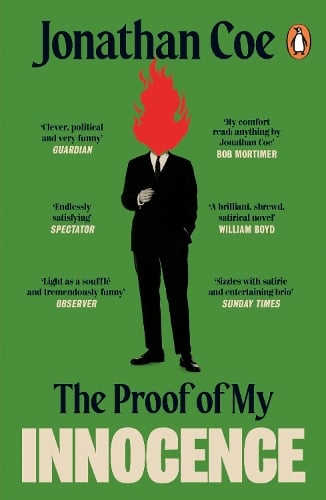The novel cleverly plays with genre conventions while exploring a tragic story of a conservative novelist, using distancing techniques to critique modern conservatism.
This review appreciates how the book interweaves multiple narrative styles—cosy crime, dark academia, and autofiction—without descending into parody, instead using these influences to deepen the story’s complexity. The novel centers on the tragic figure of Peter Cockerill, a conservative novelist whose posthumous revival sparks investigation and reflection. The distancing effect created by this narrative approach allows the author to separate a human conservative worldview from the grotesque cult-like modern conservatism, providing nuanced social commentary. The interplay of different narrative threads and genres enriches the experience, making the novel a layered and thoughtful read.
Quick quotes
Coe is though slightly playing games with the reader: the conference section is in a part of the book that also explores the conventions and settings of the cosy crime genre.
That distancing is I think important here as it creates a separation between what is at least a fairly human view of conservatism and the grotesque cult that it now seems to be.
What these three interrelated stories are all about though is unpicking the tragic story of a novelist, Peter Cockerill, who committed suicide.
